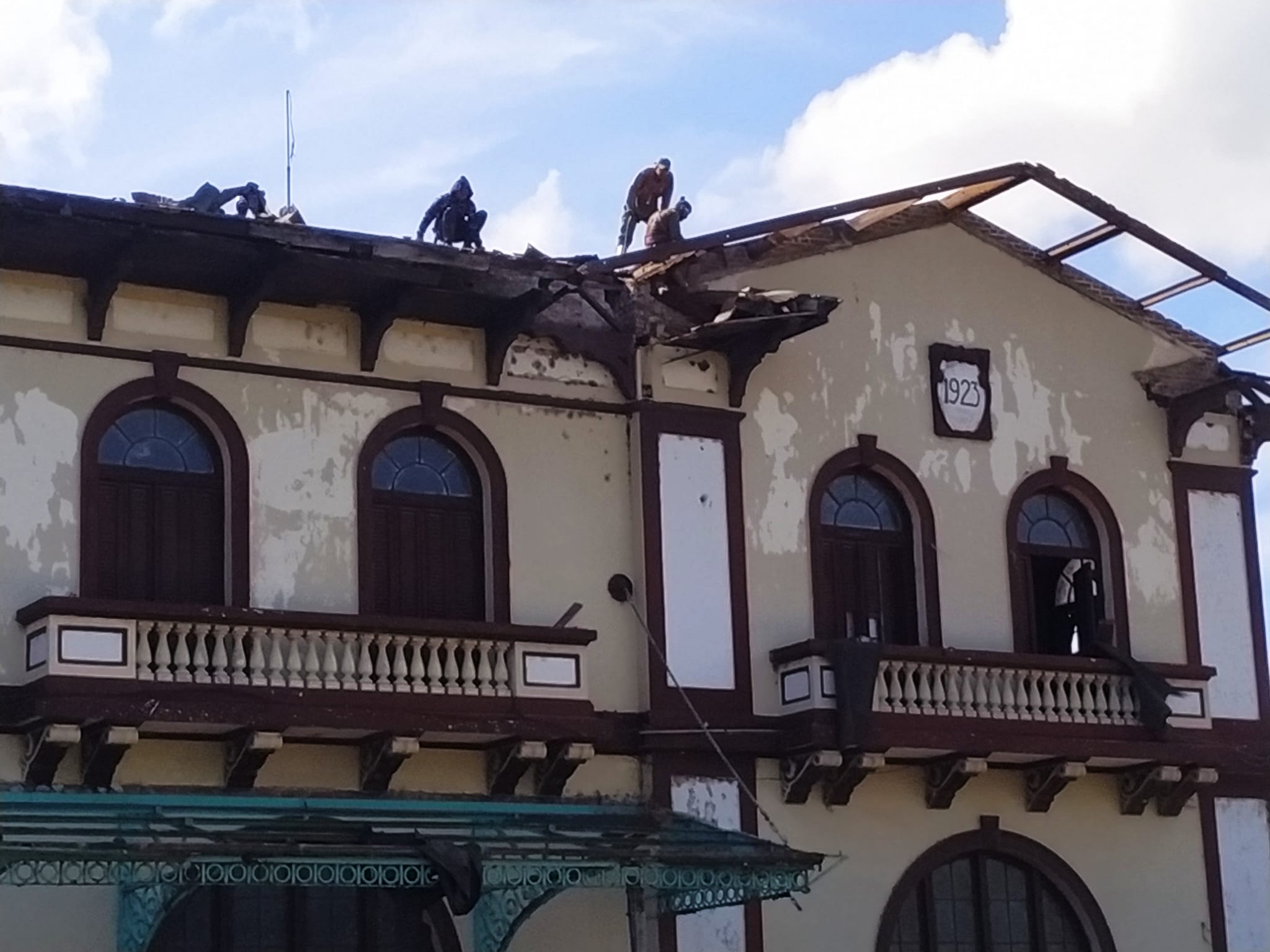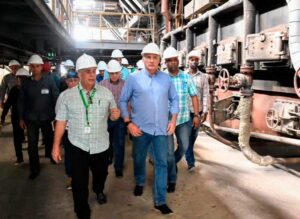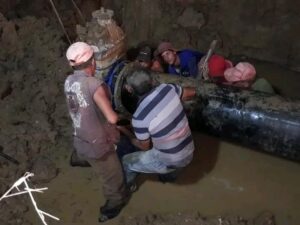After a long wait, construction work has begun on the Morón Railway Terminal, which won the National Conservation Award in 2010 and is financed by the Development Fund of the Ministry of Transport.
Founded in 1923 by the Empresa de Ferrocarriles Norte de Cuba, the emblematic building will be restored by specialised personnel from Camagüey, as there is no qualified labour in the province to undertake the complex task, according to Olga Gener Pérez, Transport delegate in Ciego de Ávila.
As part of the construction work, the temporary facilities were completed and the roof is being repaired, which includes moving the roof and the most damaged pieces of wood, this being the first item of work included in the investment, due to its condition and priority, according to the specialists’ evaluations.
Given the architectural level, the value for the national heritage and the degree of deterioration of the building, the work to be carried out takes on greater complexity.
The terminal exhibits the original design conceived under the influence of the architecture of the southern United States, elements of French carpentry, among others.
On the ground floor there are waiting rooms and basic services for travellers, while the upper floor houses the administrative apparatus. It is made of masonry and has a hipped roof of plain clay tiles. The building is on two levels with openings framed by semicircular arches, and both maintain the original structure of the time of construction, including the carpentry.
It is an exponent of eclecticism in Morón, an atypical case within the city’s architecture. It was a paradigm of the power of one of the great Cuban-American monopolies, the same one that built the Northern Railway system in Cuba. It is also the second largest railway terminal built in Cuba in the first half of the 20th century, preceded only by the Central Terminal in Havana.
In the building, there is also a plaque commemorating the arrest of Enrique Varona and other comrades taken from there to Camagüey in 1925, during one of the most important strikes in our country, led by Varona and the National Confederation of Cuban Workers (Author: Mayra Pérez Morgado). (Author: Mayra Pérez Morgado)




